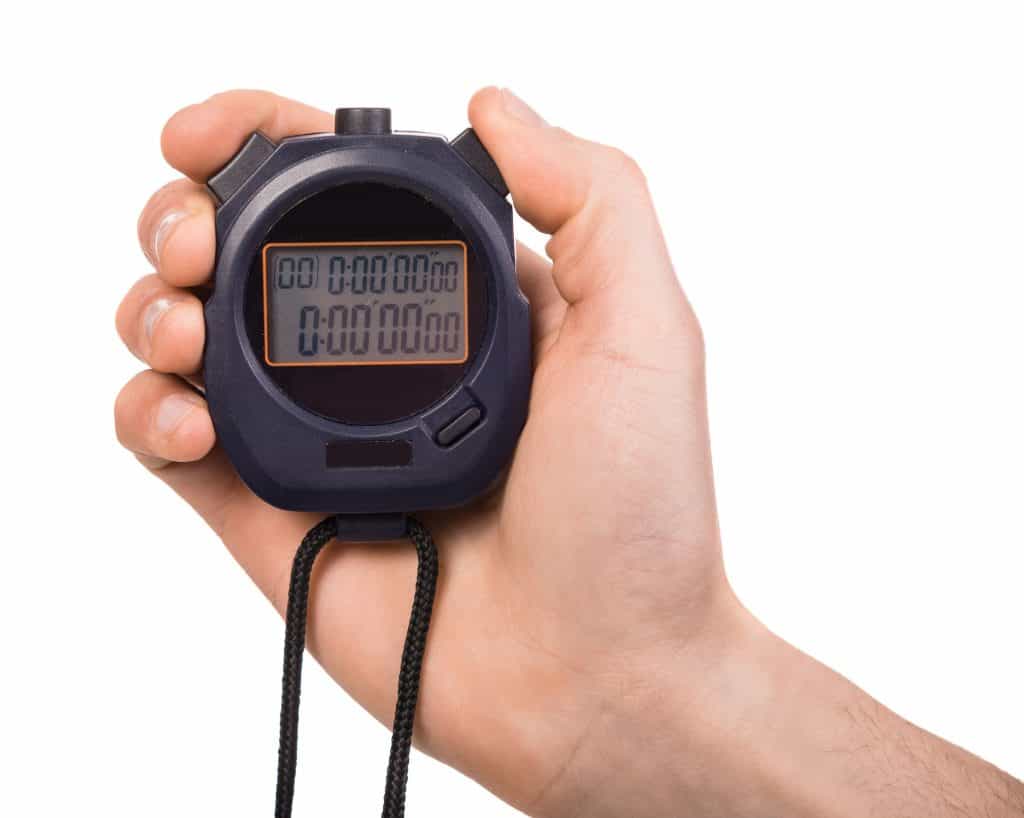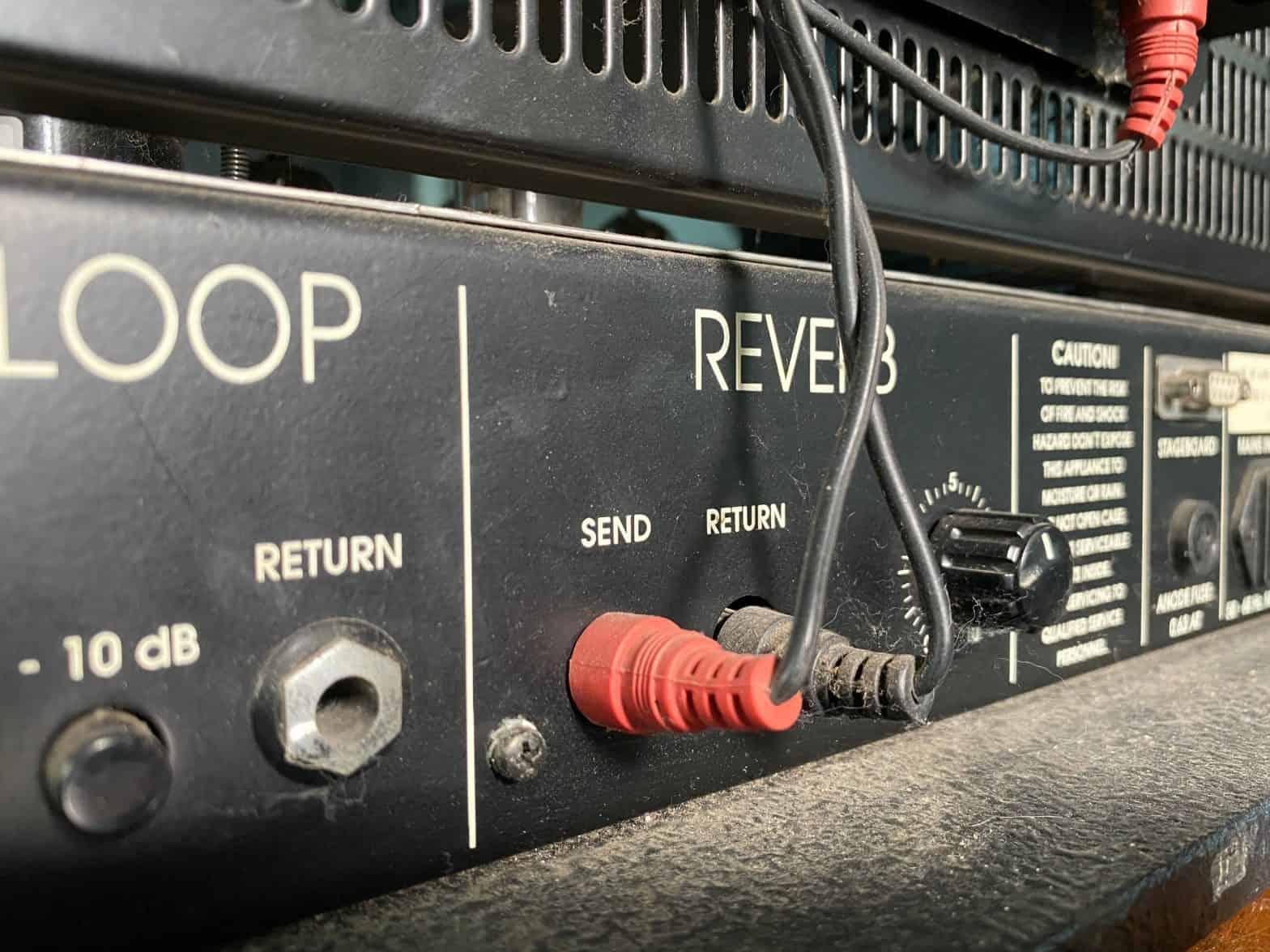A reverb unit’s pre-delay and decay durations are only two settings, but some people might find it hard to set them the way they like for their song elements, which was also a problem for me. As far as I know, there are two ways we can determine pre-delay and decay times that we like.
We can set the reverb’s pre-delay and decay time by ear. Also, we can choose a note length for one or both reverb times or for the total time and pre-delay, by which the decay becomes the total time minus the pre-delay. We can convert these note lengths to milliseconds usable in the reverb unit.
This post will explain how we can determine, in our opinion, a good-sounding reverb’s pre-delay and decay durations. Also, this post could help us form an opinion about what durations might sound good to us.
Reverb Duration by Listening or Choosing a Note Length
I think that the most common and the most creative way of determining the reverb’s pre-delay and decay duration is done by listening and making choices to what sounds good.
We can make such choices by increasing or decreasing the pre-delay and decay duration until we find something we like the most. Also, many reverb units have presets (configured settings, including pre-delay and decay values), so we can keep changing those presets while listening to how they sound until we find something we like the most and then use that preset.
Alternatively, some people prefer to use a note length to set the duration of the reverb’s pre-delay and decay. Also, some people prefer to use a note length for the total reverb duration. The total reverb duration is the combined duration of the reverb’s pre-delay and decay.
When we want to use and have chosen a note length for the total reverb duration, we also have to choose a note length for the pre-delay. After these two choices, we can determine the decay time by subtracting the pre-delay time from the total reverb duration.
As a side note, I have never seen/heard/read about someone who chooses a total reverb duration and a note length for the decay and then determines the pre-delay time by subtracting the decay time from the total reverb duration. The reason that I have never seen/heard/read that is probably that in my experience, the lengths of pre-delays are easier to make them sound bad/wrong when they become too long, which is less of a problem for the lengths of decays, at least for me. Therefore, choosing a note length for the pre-delay can be better than calculating the pre-delay after choosing a total reverb duration and decay.
I have only seen reverb units that use milliseconds (ms) instead of note lengths. When we convert a note length to a value in milliseconds and use the ms value in the reverb unit, we can use a (calculated) note length for its pre-delay or decay. We can perform the conversion using a formula (and some math knowledge) or a calculator, such as the one below.

Calculate the Reverb’s Pre-Delay and Decay Duration
We can convert a note length to a value in milliseconds, and here follows the formula by which we can do that (source: Convert BPM to Milliseconds (ms)):
- We need to know that 1 minute = 60000 milliseconds and the BPM of our song.
- Determine one beat (the same as a quarter note) in milliseconds, which we can do by dividing 60000 by the BPM of our song.
- We can now use the value of one beat to determine other note lengths.
A shorter version of determining one beat in milliseconds: quarter note in ms = 60000 / BPM of our song.
An example of determining a 1/16 note (a fourth of a beat) in milliseconds: 1/16 note in ms = (60000 / BPM of our song) / 4. An example of determining one note (four times a beat) in milliseconds: 1 note in ms = (60000 / BPM of our song) x 4.
Dotted and Triplet Note Lengths
Some people, including me, can sometimes find it hard to understand dotted and triplet note lengths, making it harder to convert such lengths to milliseconds than the not dotted and triplet note lengths. As far as I know, many tools use dotted and triplet note lengths, such as the delay plug-in Valhalla Delay. We might find a note length in such a tool that we want to use for a reverb’s pre-delay/decay duration.
A dotted note is a basic note with half the length of the basic note (source: Dotted note). For example, the length of a 1/16 dotted note is a 1/16 basic note length summed with a 1/32 note length, so a 1/16 dotted note is the same as a 3/32 note.
An example of determining a 1/16 dotted note in milliseconds: 1/16 dotted note in ms = ((60000 / BPM of our song) / 4) x 1.5.
A triplet note is 2/3 of its basic note length (source: Tuplet). For example, the 1/8 basic note of a 1/8 triplet note is the same as a 3/24 note, and 2/3 of 3/24 is 2/24, and 2/24 equals 1/12. So, a 1/8 triplet note is the same as a 1/12 note.
An example of determining a 1/16 triplet note in milliseconds: 1/16 triplet note in ms = (((60000 / BPM of our song) / 4) / 3) x 2.
Reverb’s Pre-Delay and Decay Durations Calculator
Below in this section is a calculator I made, which we can use to convert note lengths that we want to use for the reverb’s pre-delay and decay durations to millisecond values.
The calculator shows three values in milliseconds converted from note lengths:
- the chosen pre-delay
- the total reverb duration (pre-delay + decay)
- the decay, which is the total reverb duration minus the pre-delay
There are three things we have to set in the calculator to make it show the mentioned values correctly:
- Set the BPM field to the BPM of the song.
- Choose a note length for the pre-delay duration.
- Choose a note length for the total reverb duration (pre-delay + decay).
If you want to know how the music calculator works or something like that, you can find its code (HTML and Javascript) on GitHub in the repository ‘music-calculators’ of the user ‘Markus Kreukniet.’ The whole calculator is in the file ‘reverb-calculator.html’ of that repository.
Choosing Note Lengths for Reverb Durations
I don’t know how most people find good note lengths for their pre-delay, decay, or total reverb time, but I can explain how I do it. My goal is almost always only to find note lengths for the pre-delay and total reverb time (I use a calculated decay time), which I do with these three steps:
- I play a musical element thru a reverb unit while increasing/decreasing the decay time to get a feel about how many milliseconds I want my decay to be.
- Using the calculator, I find a note length for the total reverb time closest to the decay time in milliseconds from the previous step. Also, I rarely go for the dotted or triplet note lengths since I don’t always like how they sound.
- Most of the time, when I choose a relatively long total reverb duration, such as a note length of four notes long, I choose a relatively long pre-delay duration of a 1/64 note. However, when I choose a relatively short total reverb duration, such as a note length of one note long, I choose a relatively short pre-delay duration of a 1/256 note, at least most of the time.
Closing Words
Hopefully, you have learned something about how we can set the pre-delay and decay durations of a reverb unit.
If you like this post, look at some other posts on this website since you might also like them.
When you know someone who likes to learn more about how we can set the pre-delay and decay durations of a reverb unit, you can share this post.


I found this post to be really helpful. The author provided useful tips that I will definitely put into practice.
provides an in-depth explanation of how the pre-delay and decay durations of reverb affect the overall sound of a track. The post is a great resource for producers and engineers who want to learn more about the intricacies of reverb and how to use it effectively in their mixes.